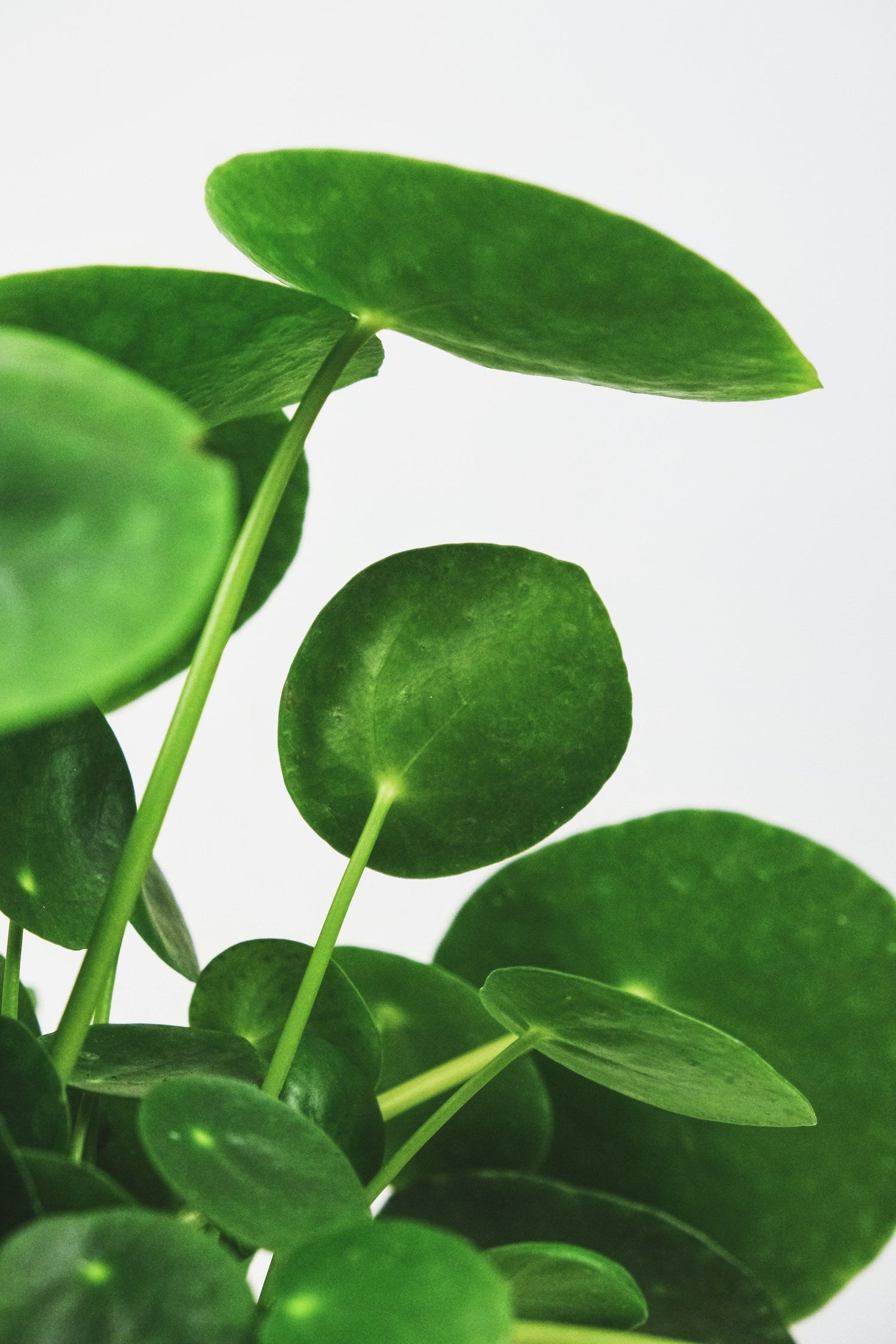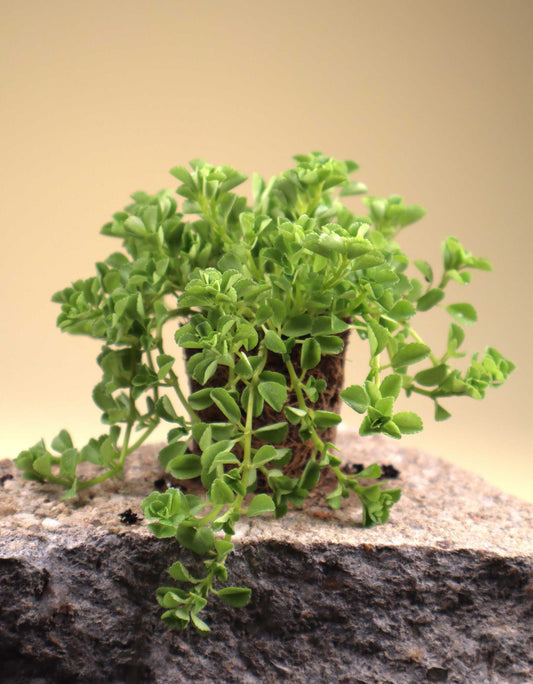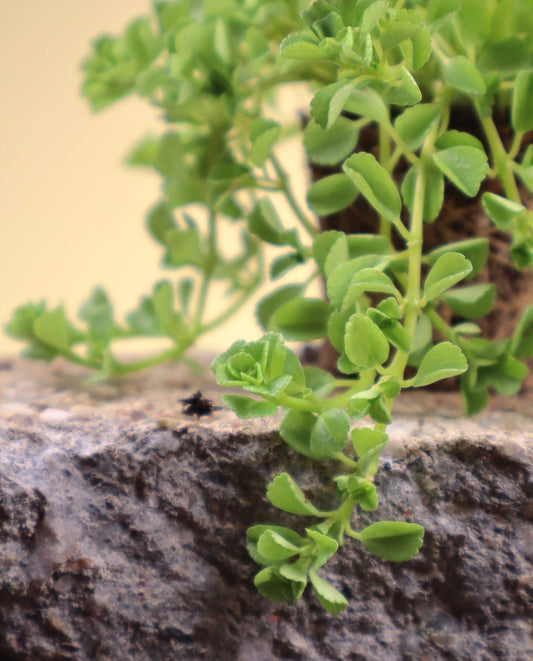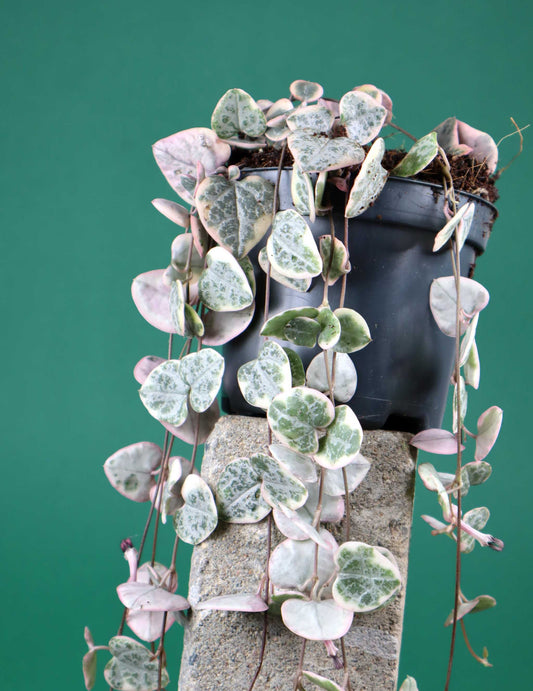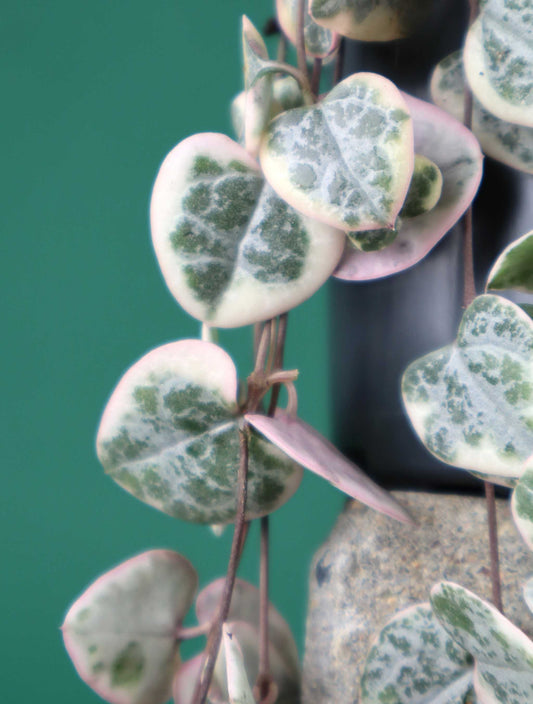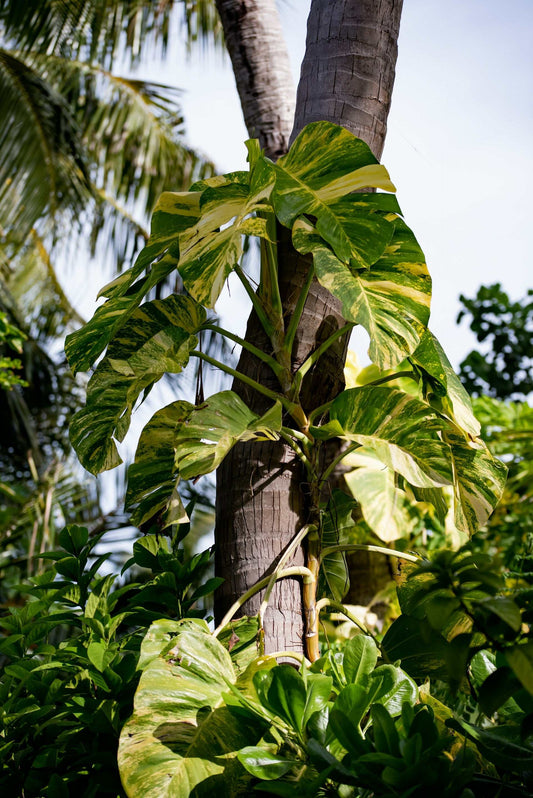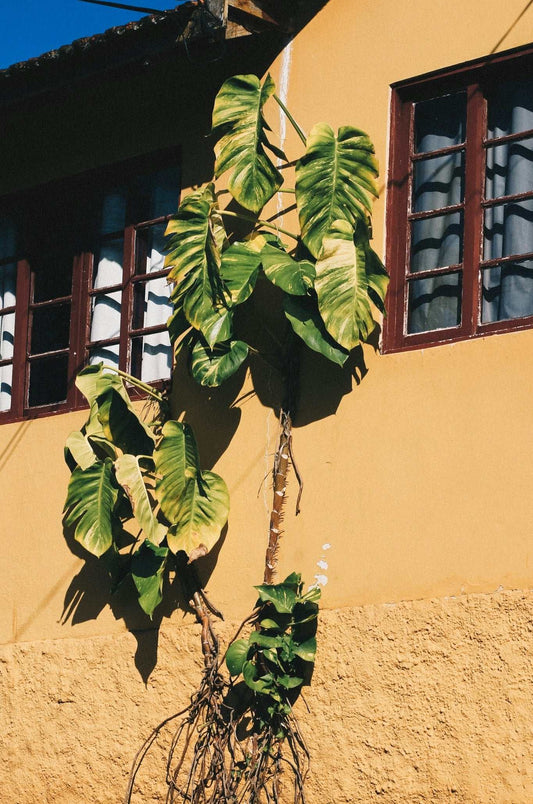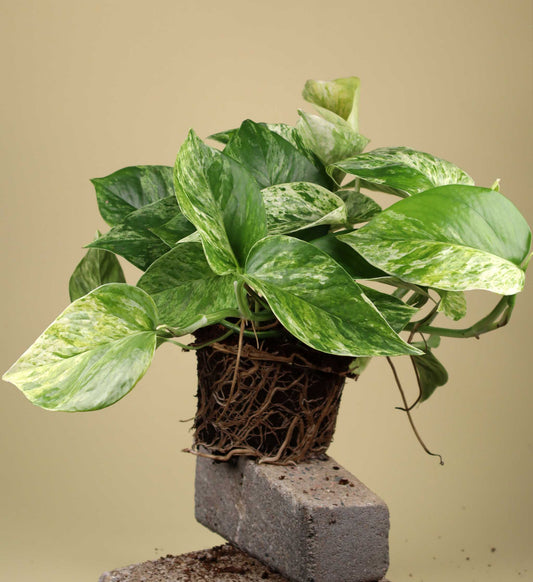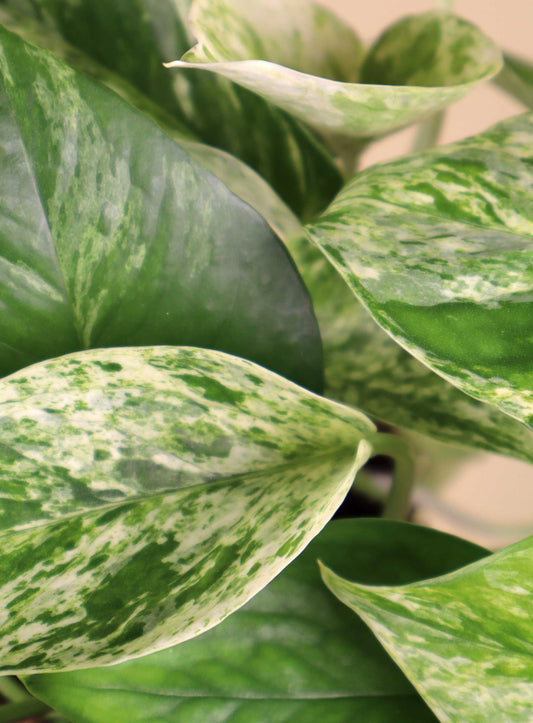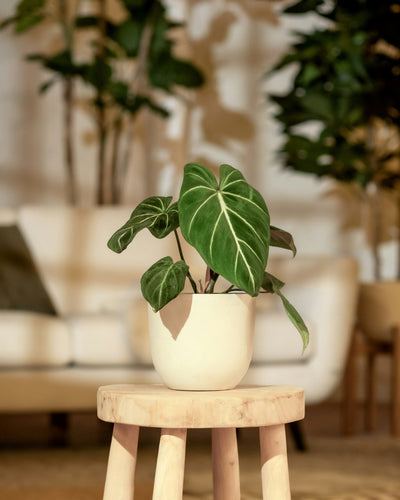Share
How to care for an elephant ear (Pilea Peperomioides): Tips for a lush plant
Here are our top tips for elephant ear care, including everything you need to know about watering, pruning, and planting!
Elephant Ear Care: 10 Tips
1. Water properly : The pilean should have moist soil, but it should not be too wet. Let the soil dry out between waterings, especially the top 2–3 cm. Yellow leaves or if the elephant ear is losing leaves may be due to overwatering.
2. Use good soil : Regular potting soil works great. Just make sure the soil is well-drained to avoid root rot. Try our peat-free soil for elephant ears!
3. Light : Elephant ear thrives in bright, indirect light. Too much direct sun can cause the leaves to yellow or burn. Do you have little light? That might work, but growth will be slower, and the plant may develop a long stem and paler leaves.

4. Clean the leaves : Wipe the leaves with a damp cloth to remove dust. This helps the plant breathe and ensures that new leaves develop properly.
5. High humidity : Pilea often droops its leaves if the humidity is too low. A humidifier or a tray of water can help.
6. Replant : When you have grown an elephant ear that is too big and the pot becomes too cramped, replant the elephant ear in a larger pot. Take the opportunity to do this in the spring or summer for best results.
7. Take cuttings : Pilea is a generous plant that often produces cuttings. To take cuttings, carefully cut off a plant at the base. Plant this elephant ear cutting in fresh soil or place it in water until the roots are about 3 cm long.
8. Prune regularly : Pruning elephant ear is good when the plant gets too big or has a long stem, removing some leaves or stems. This stimulates new growth and makes the plant bushier.
9. Fertilize : During the growing season (spring and summer), you can fertilize the plant 1-3 times. We recommend worm castings that can be mixed into the topsoil with your fingers. This will help to encourage new leaves and keep your elephant ear big and green.
10. Avoid pests : Keep an eye out for spider mites or mealybugs in particular. Shower the leaves regularly with water and use beneficial insects as a preventative measure against pests!
You can buy livestock for your Pilea here!

Cutting of Pilea peperomioides in water and one transplanted into soil.
Elephant ear flower and cuttings
Elephant ear rarely flowers indoors, but when it does, the plant produces small white flowers. Although the flowers are not the main attraction, it is always fun to see your plant bloom!
Want to take cuttings from elephant ear? It's super easy! Look for little baby plants (also called cuttings) at the base of the plant. Cut these off with a clean knife and place them in water until roots have grown, or plant them directly in soil.
Common Problems with Pilea
Yellow leaves : This is often due to overwatering. Make sure the soil has time to dry out between waterings.

Elephant ear drooping : If the leaves droop, it may be due to too little light or too much water. Move the plant to a brighter location and adjust the watering.
Dropping leaves : Pilea peperomioides drops leaves when stressed, such as sudden temperature changes, overwatering, or too dry air.
Soil and pot
Pilea peperomioides prefers well-drained soil and a large pot as the roots start to become crowded. If the plant starts to look tired despite proper care, repot it in fresh soil.

Pilea peperomioides 'mojito' an unusual variety of elephant ear with variegated leaves.
How fast does elephant ear grow?
It is a fast-growing houseplant if given the right light and care. Rotate the plant a few times a week to ensure it grows evenly and doesn't stretch towards the light.
Caring for an elephant ear is easy, and with these tips your plant will thrive and grow big and green. Take care of it, and don't forget to enjoy each new leaf that appears - it's a reward for your care!
Need more tips? Read on to learn even more about how to care for elephant ear and other green plants.

